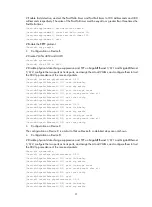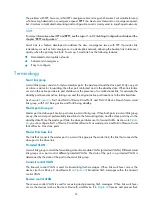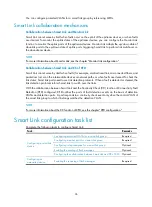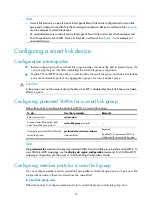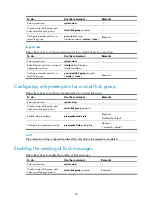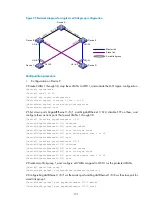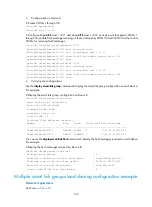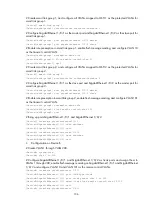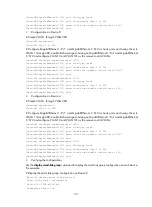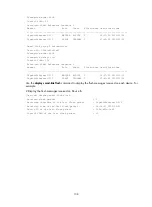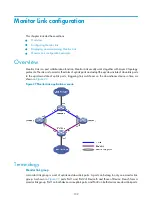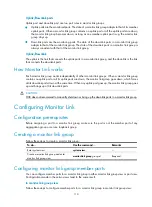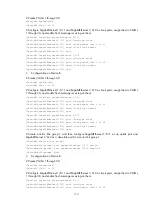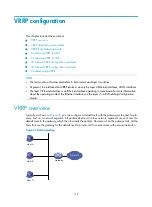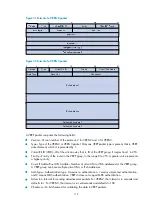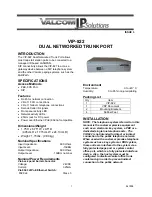
105
•
Device C is a smart link device, and Device A, Device B, and Device D are associated devices.
Traffic of VLANs 1 through 200 on Device C are dually uplinked to Device A by Device B and
Device D.
•
Implement dual uplink backup and load sharing on Device C:
○
Traffic of VLANs 1 through 100 is uplinked to Device A by Device B.
○
Traffic of VLANs 101 through 200 is uplinked to Device A by Device D.
Figure 26
Network diagram for multiple smart link groups load sharing configuration
Device A
Device D
Device B
GE
1/0
/1
GE
1/0
/2
GE
1/0
/1
GE
1/0
/1
GE
1/0
/2
GE
1/0
/2
Device C
GE
1/0
/1
GE
1/0
/2
Configuration procedure
1.
Configuration on Device C
# Create VLAN 1 through VLAN 200, map VLANs 1 through 100 to MSTI 1, and VLANs 101 through
200 to MSTI 2, and activate MST region configuration.
<DeviceC> system-view
[DeviceC] vlan 1 to 200
[DeviceC] stp region-configuration
[DeviceC-mst-region] instance 1 vlan 1 to 100
[DeviceC-mst-region] instance 2 vlan 101 to 200
[DeviceC-mst-region] active region-configuration
[DeviceC-mst-region] quit
# Shut down ports GigabitEthernet 1/0/1 and GigabitEthernet 1/0/2, disable STP on them, and
configure them as trunk ports that permit VLANs 1 through 200.
[DeviceC] interface gigabitethernet 1/0/1
[DeviceC-GigabitEthernet1/0/1] shutdown
[DeviceC-GigabitEthernet1/0/1] undo stp enable
[DeviceC-GigabitEthernet1/0/1] port link-type trunk
[DeviceC-GigabitEthernet1/0/1] port trunk permit vlan 1 to 200
[DeviceC-GigabitEthernet1/0/1] quit
[DeviceC] interface gigabitethernet 1/0/2
[DeviceC-GigabitEthernet1/0/2] shutdown
[DeviceC-GigabitEthernet1/0/2] undo stp enable
[DeviceC-GigabitEthernet1/0/2] port link-type trunk
[DeviceC-GigabitEthernet1/0/2] port trunk permit vlan 1 to 200
[DeviceC-GigabitEthernet1/0/2] quit

